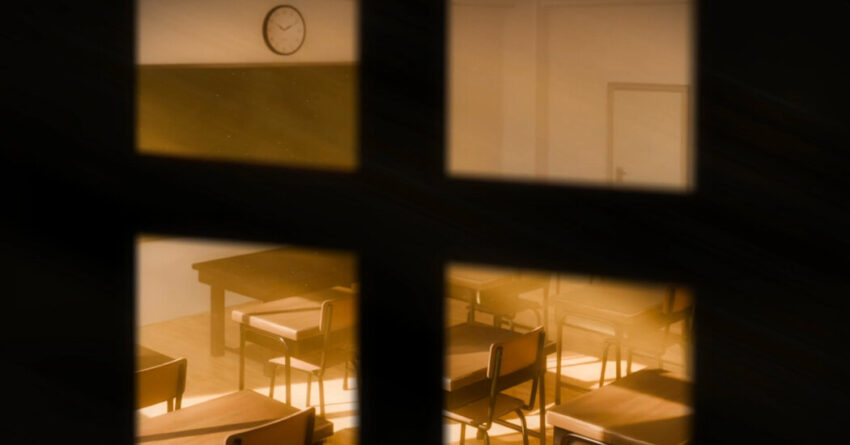If the U.S. Supreme Court is ultimately where Oklahoma’s school fight is settled, it has also been an inspiration for the battle itself. The archdiocese found direction in three previous cases brought before the court when it was considering possible models for a new school, according to Brett Farley, the executive director of the Catholic Conference of Oklahoma, a public-policy advocacy group. Farley rattled off the cases to me effortlessly.
In 2017, the court ruled in Trinity Lutheran Church v. Comer that excluding church-run school playgrounds from a grant program for playground resurfacing was unconstitutional. In 2020, the court found in Espinoza v. Montana Department of Revenue that Montana’s exclusion of religious schools from a state scholarship program was unconstitutional. “A State need not subsidize private education,” Chief Justice John Roberts wrote. “But once a State decides to do so, it cannot disqualify some private schools solely because they are religious.” Two years later, in Carson v. Makin, Roberts again wrote the majority opinion, which held that Maine’s prohibition against using publicly funded tuition assistance for religious schools violated the Free Exercise Clause of the First Amendment: “A neutral benefit program in which public funds flow to religious organizations through the independent choices of private benefit recipients does not offend the Establishment Clause.”
The Carson decision, Farley says, “poured gasoline on the fire of these questions we were already asking” — above all, the question of using tax revenue to support a parochial school, after the pandemic made clear to the archdiocese that there was an opening to serve even more students virtually. Despite relatively poor outcomes when compared with brick-and-mortar schools, Oklahoma’s percentage of students in virtual schools is five times the national average; Farley says that virtual instruction answers the question “What could we do for the kids in largely rural areas where there are not brick-and-mortar Catholic schools?” The Supreme Court seemed to offer an implicit invitation to challenge the Establishment Clause while also challenging Oklahoma’s Constitution and its charter-school law. Here was a chance for St. Isidore to be a test case, a “sort of pilot in Oklahoma,” Farley says.
An archdiocese employee reached out to Nicole Stelle Garnett, a law professor at Notre Dame and a faculty fellow at its Religious Liberty Clinic. The clinic’s director, John Meiser, told me that it has worked on behalf of “an immense array of faith traditions, including Buddhists, Christians, Indigenous groups, Jews, Muslims and Sikhs.” The clinic and Garnett also filed two amicus briefs in the Carson case.
It was, however, a paper Garnett wrote in December 2020 for the Manhattan Institute, a conservative think tank, that, she told me, prompted “everybody to start calling me,” including the Oklahoma City archdiocese. Her paper, titled “Religious Charter Schools: Legally Permissible? Constitutionally Required?” noted that so long as religious charter schools are prohibited in every state with a charter-school law, “no amount of expert opinion will change that fact.” Change would need to be pursued on three tracks: legislative, executive and legal.
